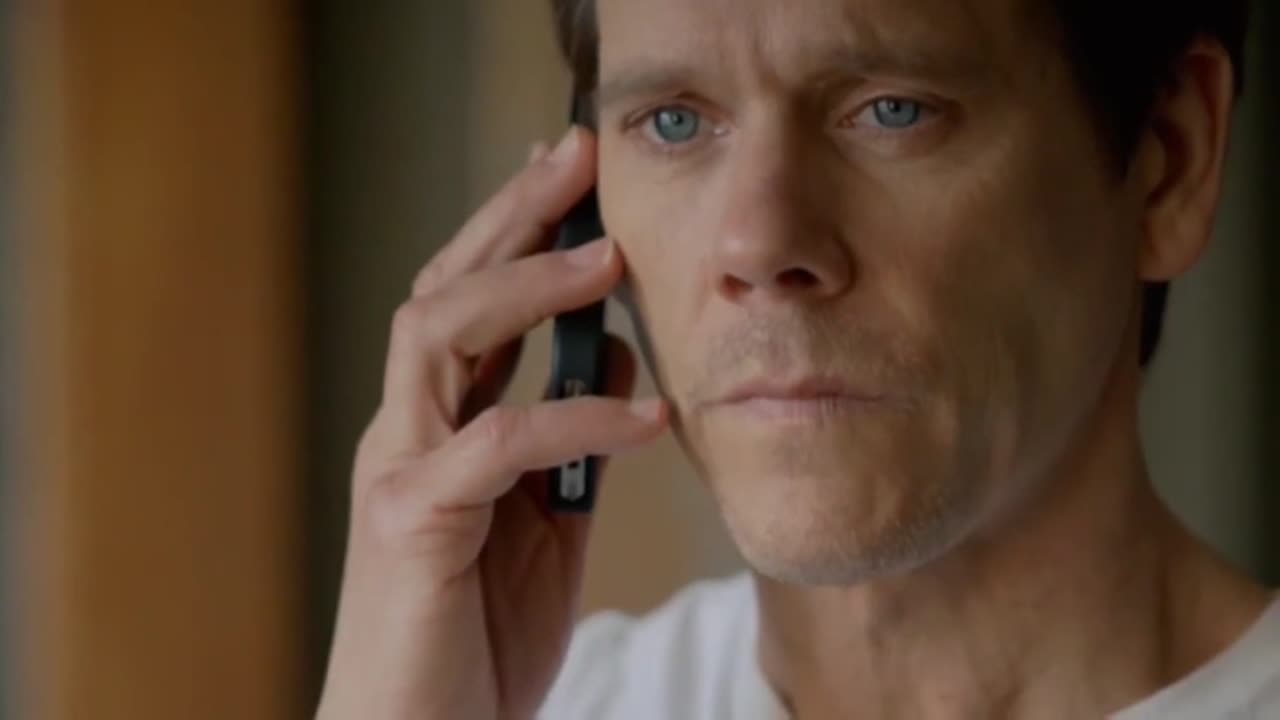
David Bianculli is the propreitor of TV Worth Watching and is the tv critic for NPR’s Fresh Air. He was generally pretty pessimistic about the lack of creativity in 2012 and 2013 isn’t off to a better start. While reviewing The Following, a new crime drama starring Kevin Bacon on the trail of a serial killer, he was bothered, not by the existence of violence, but it’s portrayal.
Here’s the surprisingly measured argument he gave NPR:
– – –
I’m a big fan of Dexter, and Homeland, so TV violence in itself doesn’t throw me. But there’s something about The Following that pushes the envelope, especially for broadcast television, in a way that’s more than a little unsettling. Not only does it find ways to put children and young women into jeopardy at almost every opportunity, but it stages many scenes of torture and killing through the eyes of Joe Carroll’s eager followers.
These scenes show these young people enjoying the act of stabbing, or setting on fire, or otherwise murdering someone, almost like a how-to primer. Yes, they’re the villains — but the way these moments are acted, photographed and edited made me feel uneasy about the possible real-world consequences. The violence is overtly glamorized here.
In the current debate about videogames, the dialogue has flitted between two untenable poles: those who doggedly defend violence as a First Amendment right in all of its forms and those that suggest that the existence of violent videogames is irresponsible and problematic. Bianculli points to a third and ultimately more convincing line of reasoning.
It’s not so much about content as it its about context. Bianculli recognizes that TV makers have the right to use violent imagery, but also argues that right comes with the explicit responsibility to use it in a meaningful way. For him, The Following fails to own that reality. In a previous interview with Fresh Air, actor Dustin Hoffman made a similar case when explaining why he generally avoided using guns in his films:
I’ve always trusted that what I think is funny they will laugh at, what I think is moving will move them, what feels … interesting [to me], they will find interesting. I don’t find anything interesting about a gun. A gun is there to threaten or kill. … A gun is rarely used in film in a way that feels like … life.
For Hoffman, context meant rarely using a gun. It was part of his artistic process and analysis of what he felt the purpose of acting was.
In any case, Bianculli’s argument seemed not to bother than 10+ million people who tuned into The Following this week to make it one of FOX’s biggest hit in months, but it would certainly be a breath of fresh air to see this candor and honestly in the current videogame violence debate….